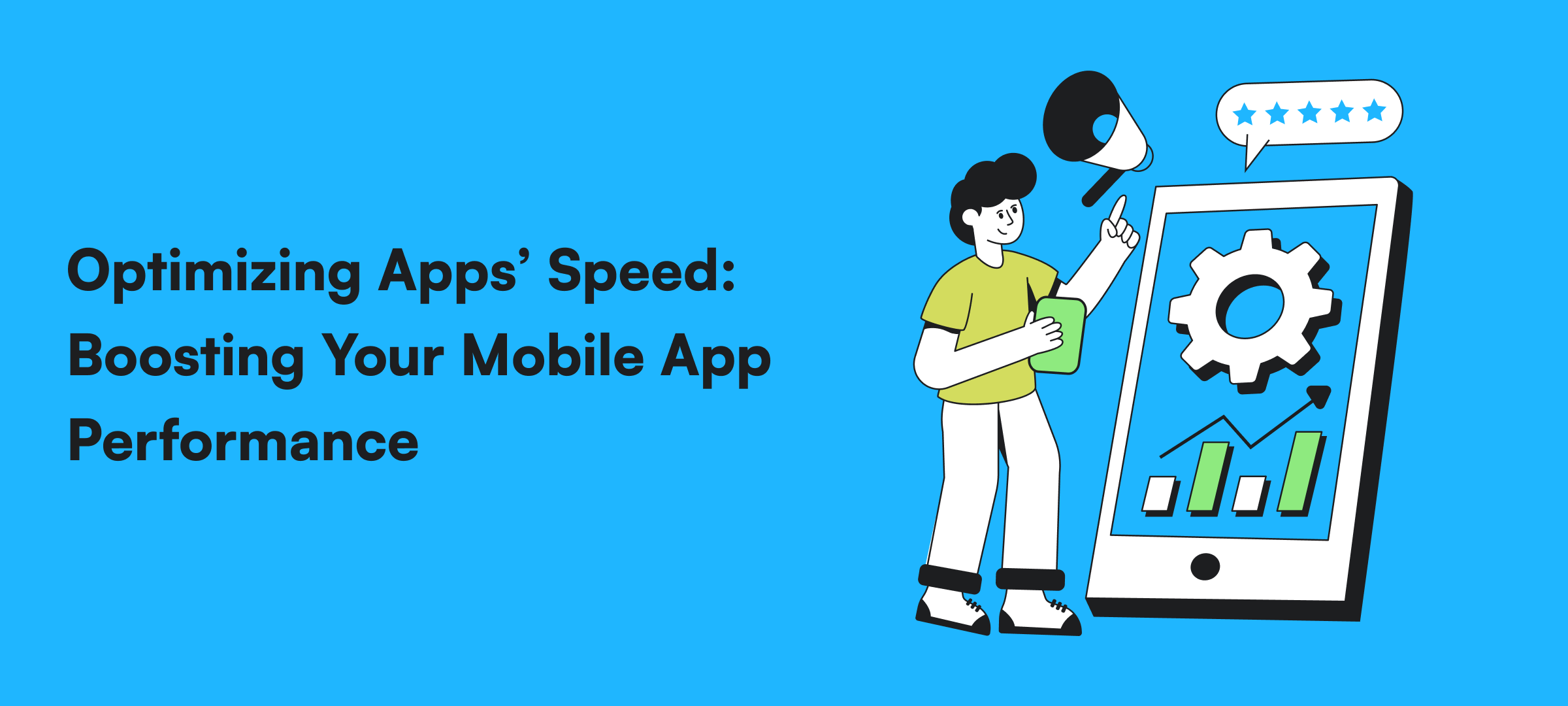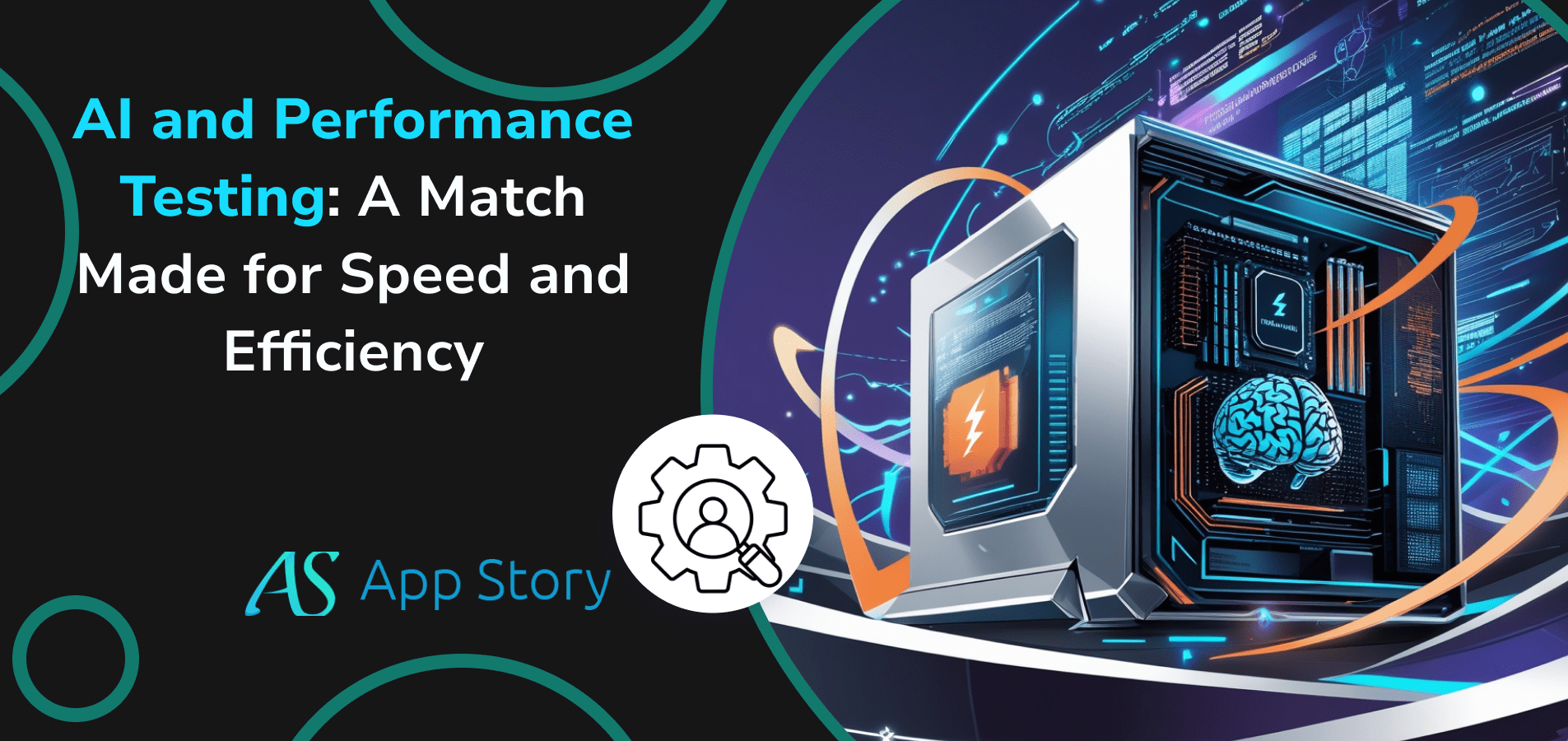“Imagine opening an app, and it takes forever to open. Loading time issues. The user stops the app, finds an alternative, and chances are they might uninstall the app.”
This is a classic case of low mobile app performance. A crucial factor that can be a cause for the success or failure of your app. The significance of app speed optimization has grown along with the growth in mobile usage. Optimizing mobile app performance entails making an app faster, more responsive, and more effective. A properly optimized app helps a business succeed by improving user experience as well.
Most users initially notice the functionality of a mobile application, making it an important aspect of mobile app development. Make the most of the less than 11 seconds you have left to draw attention to that. Therefore, before you even start trying to solve their problems, you must do this. Optimization needs work from day one of mobile app development. It needs consideration, investigation, and evaluation. Numerous variables influence app performance.
The article discusses a very important aspect of the mobile app development journey, mobile app performance.
Factors for Improving Mobile App Performance
Since mobile application performance encompasses more than just app speed, you must monitor additional factors. Some parameters make up for impressive mobile app performance –
• Quick app loading time, up to 2 seconds.
• Device Compatibility (system requirements, screen resolution, etc.)
• Reasonable memory and battery consumption.
• Easy-to-use UI and UX.
• No loss of user data or progress while the app is running in the background.
• Native and seamless integration with necessary third-party apps and device services, such as calendar, camera, Bluetooth, etc.
Hire mobile app developers who are skilled in optimizing these factors and can deliver a stunning mobile application with superb mobile app performance.
Checklist for Mobile App Performance Optimization
These are some factors that can make or break the app experience for users. Improving these factors will not only improve app loading time but also enhance the overall app experience for the user. The overall app experience includes responsiveness, app size, efficiency, and many other factors. Here listed are a few of them –
Reducing App Loading Time
Launching an app at the beginning of the user-app interaction period leaves a lasting impression and significantly affects the user experience. Several research and benchmarks suggest that you aim for an app launch time of 1.5–2 seconds.
In order for it to occur, it is required to monitor whether any resource-intensive operations are executed at the beginning of the program, such as removing old data from the cache.
Reduced App Size
It is vital to ensure that individuals with low-end gadgets may effortlessly download and utilize the application. A smaller app takes less time to load. Minimizing the app size not only saves memory storage but also enhances overall performance.
App Code Optimization
Reducing the quantity of HTTP requests, controlling resource usage, and caching frequently used data are all part of optimizing app code. This optimization strategy helps to increase app speed and reduce load times. Code optimization also contributes to better device performance and lower battery usage.
Effective Data Caching
It is required to define files and computations that can be cached in order to accelerate the program. You may ensure instant access to the app’s data and prevent performance issues in the case of a network outage by keeping actions and resources on the device’s hard drive.
Set aside time to ensure adequate caching. A user profile should only be kept current for one user session, but it makes sense to cache a product catalog till the administrator refreshes it.
Finding the right balance between data loading and caching is essential to preventing the user from seeing outdated information. Also, you shouldn’t cache everything because there isn’t much space for the data to be kept. In this case, log monitoring software might be helpful.
Image Optimization
Image optimization has a great effect on the loading time. It could appear that a larger image is better for the user. Using an image that is larger than what is shown on the screen is actually nonsensical. Enhanced images and visual components enable faster content loading times on the screen and the removal of app lags.
Therefore, you ought to make better use of image compression and resizing. Compression reduces an image’s weight without taking a toll on resolution. Resizing, on the other hand, refers to altering an image’s size so that it fits properly within the application.
It does not, however, imply selecting the smallest size available; instead, seek equilibrium. When an image appears in multiple sizes (such as news feed or profile photographs), it is preferable to select the bigger size so it can be displayed.
Client-Server Optimization
Create client-server APIs so that the user doesn’t receive pointless information. Assign purposes to items and content, then request them as needed. This method contributes to less data download, which speeds up program loading.
Remember that users utilize slower connections like 4G while creating and designing the API. To adjust to these situations, break up complex requests into smaller ones so they can be completed gradually, and test your application on a subpar network.
To shorten the time it takes for data to load, utilize a content delivery network (CDN) to lessen the distance between the user and the data source.
Managing the HTTP Requests
It takes more time for the application to load with each HTTP request. Developers can minimize the number of HTTP requests by using CSS sprites for icons, merging files, and using lazy loading for non-essential resources. This expedites the app’s loading time and enhances performance overall.
Cross-Platform Approach
Cross-platform solutions, such as Flutter, enable a single codebase to function on both iOS and Android, making maintenance simpler and performance constant across different devices possible. It’s a wise move to guarantee a uniform user experience across platforms, save on development time, and boost performance.
User Behavior Analysis and Performance Testing
You can identify possible bottlenecks affecting your mobile app’s main thread by analyzing how users interact with it. Comprehensive data on these interactions may be found in tools like Google Analytics, which lets you optimize for better outcomes.
Perform performance testing on your app before releasing it to find any possible problems or bottlenecks. Your application’s reaction time, memory use, and CPU use can all be found out using performance testing. In order to identify performance problems early on and address them before the launch, this testing should be conducted at several points during the app development cycle.
Importance of App Performance Monitoring
It’s critical to keep an eye on your mobile application’s key performance indicators (KPIs) in addition to user behavior analysis. By doing this, problems like longer load times can be identified and fixed early on, preventing them from getting worse and negatively affecting downloads from the Apple App Store or Google Play Store.
Conclusion
One of the key requirements for a great product that people adore and use consistently is its flawless performance. We recommend that you use app performance tools to regularly check your application’s performance logs to identify any issues and take prompt action.
If you’ve gone through the checklist and your mobile app is still performing poorly, you should conduct a more thorough app performance audit to identify the root cause of the problem and fix it.






 United States
United States United Kingdom
United Kingdom India
India Canada
Canada Singapore
Singapore















![10 Benefits of the Internet of Things You Should Know [2025]](https://www.appstory.org/wp-content/uploads/2025/03/ATS-10-Benefits-of-the-Internet-of-Things-You-Should-Know-2025@2x-80x60.png)




















